- Joined
- Aug 28, 2011
- Messages
- 379
Here are ones he recommended and I rejected. I didn't ask for GIA numbers for any of these, but I can match them up to the inventory on this website (so just a caveat that there's a chance they're not matched right). I can't find #13 and I don't want to ask at this point.
#14, 15 and 16:
GIA certs
#14: https://www.gia.edu/report-check?locale=en_US&reportno=2239197243
#15: https://www.gia.edu/report-check?locale=en_US&reportno=2235297700
#16: https://www.gia.edu/report-check?reportno=2205122449
I agree I can't tell a good stone unless it actually looks good in the video. I've asked for pics in different lighting, but no luck. I would love to know if you guys think any of these are promising. I would be ok ordering a couple to see in person and returning the one I don't pick, but I didn't feel confident about any of these.
#14, 15 and 16:
GIA certs
#14: https://www.gia.edu/report-check?locale=en_US&reportno=2239197243
#15: https://www.gia.edu/report-check?locale=en_US&reportno=2235297700
#16: https://www.gia.edu/report-check?reportno=2205122449
I agree I can't tell a good stone unless it actually looks good in the video. I've asked for pics in different lighting, but no luck. I would love to know if you guys think any of these are promising. I would be ok ordering a couple to see in person and returning the one I don't pick, but I didn't feel confident about any of these.
Last edited:



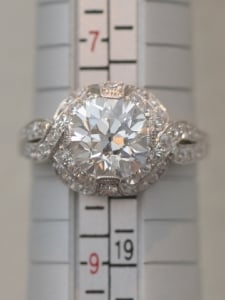

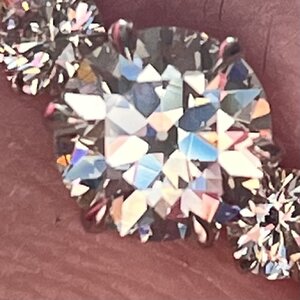


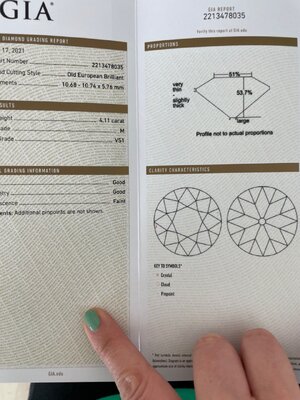
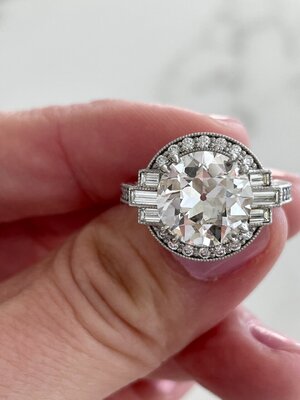
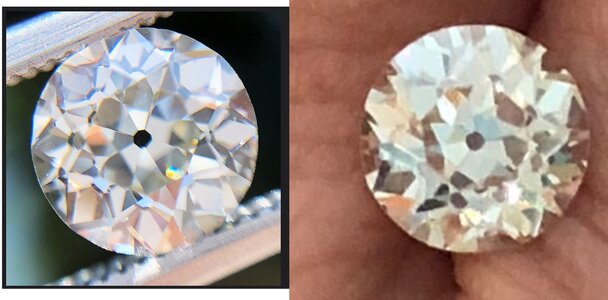



300x240.png)